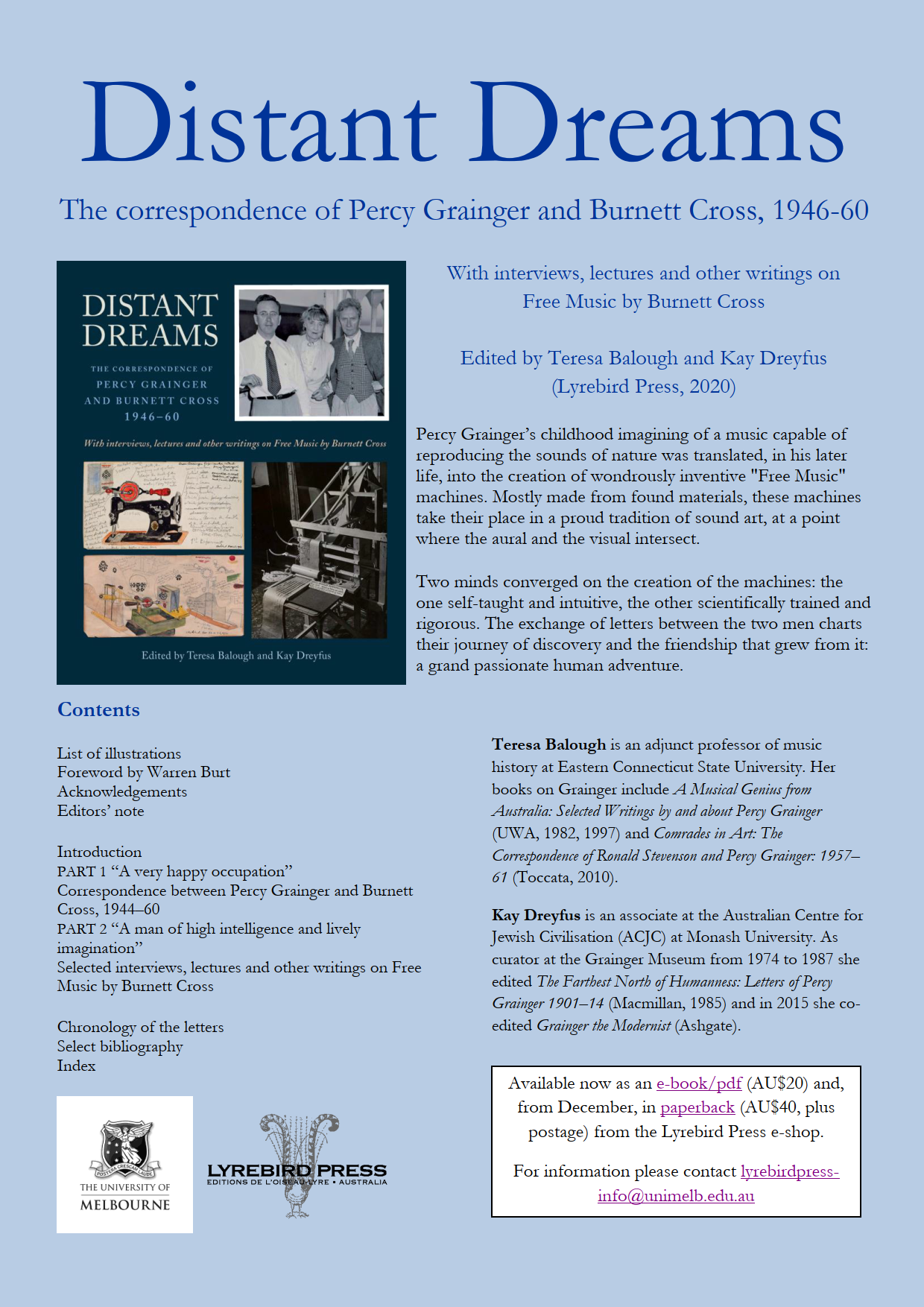Videos of Warren Burt music on YouTube as of 16 January 2021 and some places where CDs with my music appears
 Saturday, January 16, 2021 at 12:32AM
Saturday, January 16, 2021 at 12:32AM I recently made a listing of all of the music of mine that I could find on YouTube. This began when I saw that someone had posted "Music for Tuning Forks" (1987) - the complete album on YouTube. As of 16 Jan 2021 it had gotten over 37,000 listens. I have my own YouTube channel - all of the videos of my work that appear on this website are hosted by YouTube on that site, but I wondered how many other of my pieces had made it to YouTube without my having had to upload them. Back in November, I made one list. Today, doing a YouTube search for "Warren Burt," I came up with this list, which has one less video than back in November, but about 10 more videos which I hadn't found then. The unstable nature of YouTube, of course. Anyway, for those who want to find more of my music, HERE'S THE LIST. I should also add that a lot of the music on YouTube is from CDs that are for sale on my Scarlet Aardvark Music website, and here's a link to the CD Catalog.
AND, not to forget all the fine companies that have released my music on CD, here's a list of URLs of companies that have released various pieces of mine on CD over the years:
Cheers
 Warren |
Warren | 


